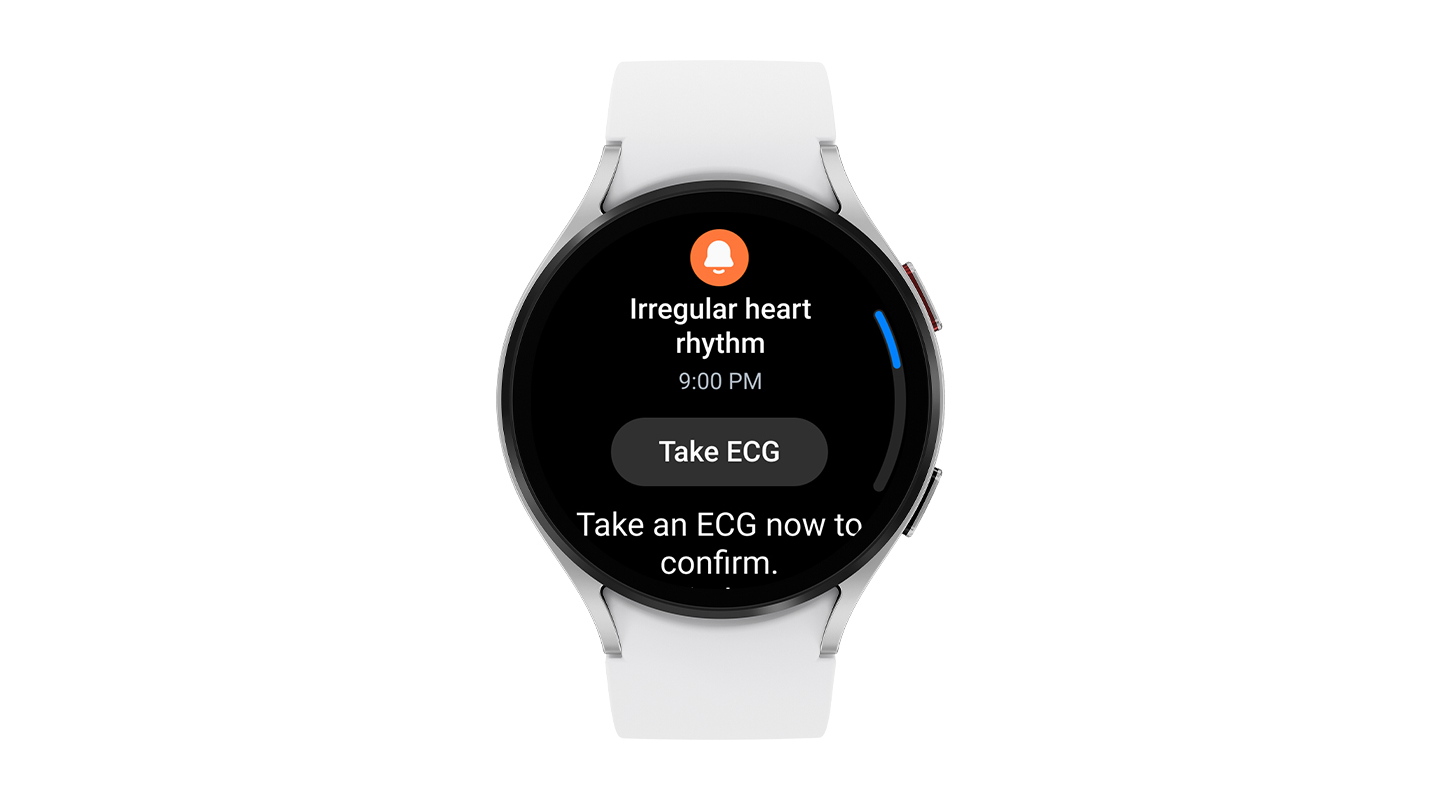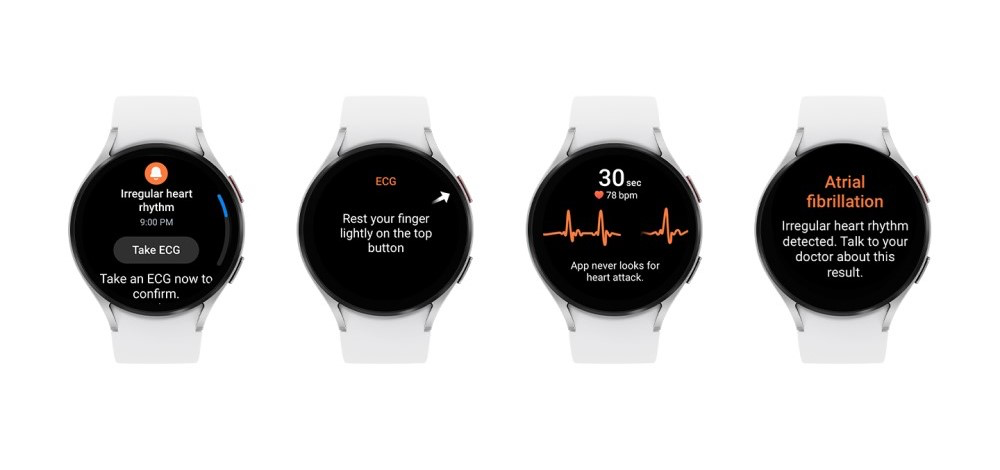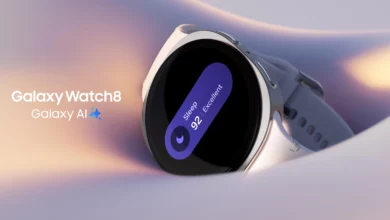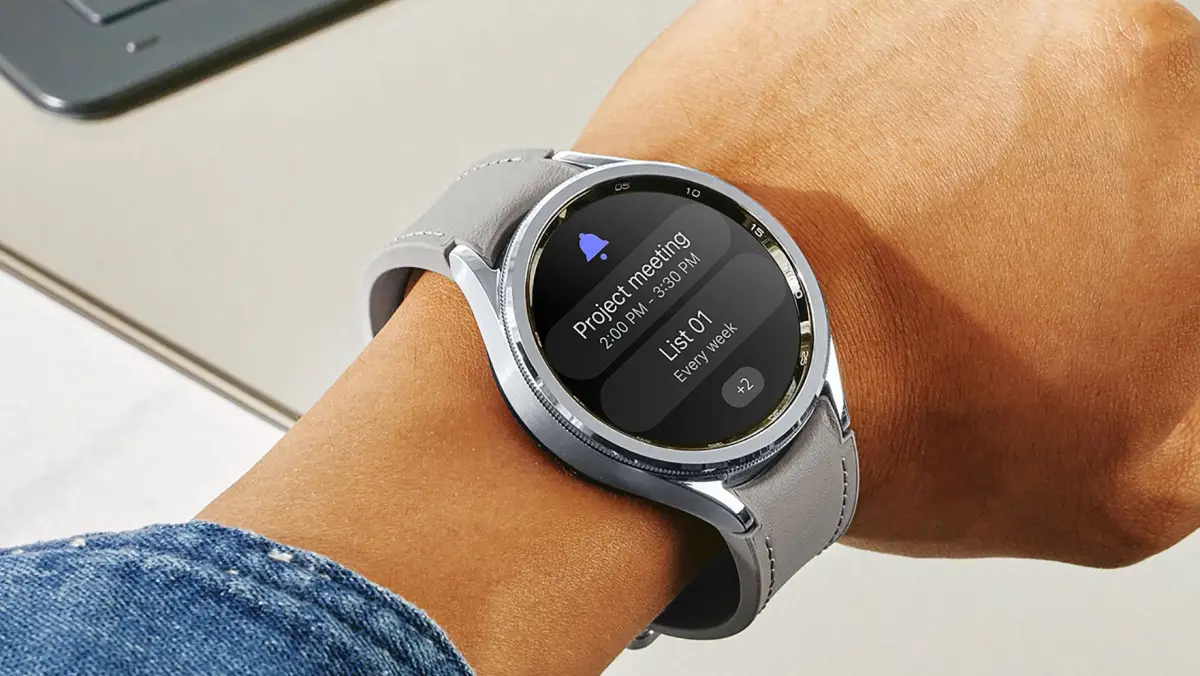Samsung Galaxy Watches will get atrial fibrillation detection ability

Samsung’s Galaxy Watch lineup contains various health-related features that have been proven lifesavers many times. This time, the Korean firm Samsung has announced another health-related feature for its Galaxy Watch that will be related to Cardiovascular disease specifically. It will be really useful and handy to get features related to it. Let’s know more about this novelty and what it is capable of doing.
Informatively, the Korean firm has recently announced the IHRN AF notification feature included in the Samsung Health Monitor app. As atrial fibrillation is asymptomatic and it is hard to detect, Samsung has worked really hard for this feature. Let us tell you; this feature provides the Watch wearer a holistic understanding of his cardiovascular health as well as overall health just through the Galaxy Watch. Let’s know how it works.
Galaxy Watches now supports WhatsApp app: Download & Install
Let us tell you, Samsung’s Galaxy Watches’ health tools use the Samsung BioActive sensor, ECG recording, and the HR Alert feature to detect the wearer’s health status. Now, this new IHRN AF notification feature is also making its way to Galaxy Watches, which will monitor health in other aspects. The feature usually checks the user’s irregular heart rhythms in the background (while activated) via Samsung’s BioActive sensor.

The good thing is the IHRN AF notification feature will immediately inform you if several consecutive measurements are irregular and also prompts you to take an ECG using your smartwatch for a more accurate measurement. This new feature’s combination with the already available ones will make Galaxy Watches even more invincible. However, remember that this new feature is a part of One UI Watch 5. The Galaxy Watch 6 series will be the first one to get it; afterward, it will reach the older Galaxy Watches.



